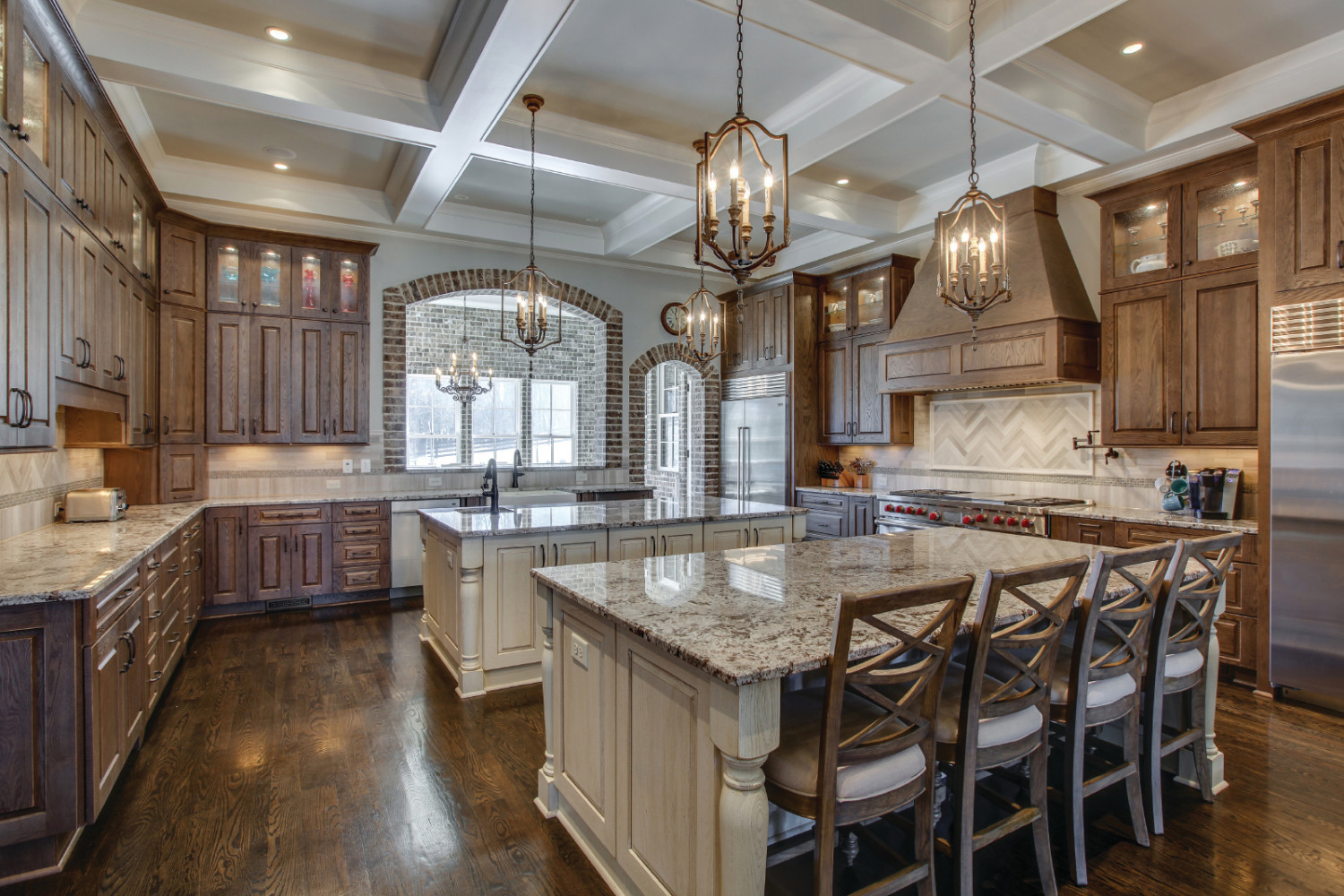


Cabinet Sales and Installation

Cabinets-Custom Builder

Kitchen and Bath Design
We are proud to announce that for the 10th year in a row we were voted CITYVIEW magazines "Best of the Best" winner in the Cabinet Sales and Installation category! This year we were voted "Best of the Best" in three separate categories! Thank you Knoxville!'
Enhance Your Home's Appearance With Custom Cabinets
Looking for the perfect cabinets for your dream home? Plan a visit to the cabinet showroom at Dixie Kitchen Distributors in Knoxville, TN. All of our cabinets come from top-notch manufacturers and are made from durable materials.
Our cabinets are sure to add value to your home. Get in touch with us now to learn more about the selection here in our cabinet showroom.

We'll Bring the Vision You Have for Your Cabinets to Life
Learn why Knoxville, TN area residents trust us for their cabinetry needs
Visit our cabinet showroom today to explore your options
Founded in 1966, Dixie Kitchen Distributors has established a reputation as being Knoxville's premier kitchen and bath cabinetry supplier. Our team has 300 + years combined experience in the industry. We pride ourselves on customer satisfaction which has been key in generating repeat customers and referrals throughout our 50 plus years in business. We offer several cabinet lines that are suited to fit any budget; from builder grade cabinets all the way up to a fully custom line and everything in between. Please give us a call and set up an appointment, or just feel free to stop in and browse our extensive showroom!
Find out what else we have to offer
Cabinets aren’t all you will find at our showroom. We also provide cabinet accessories and countertops so you can find everything you need for your kitchen remodel in one place.
Our cabinet showroom has it all. Visit us today to check it out.
-
Call Us
Phone: (865) 546-3681
Hours
Mon: 9:00AM-5:00PM
Tue: 9:00AM-5:00PM
Wed: 9:00AM-5:00PM
Thu: 9:00AM-5:00PM
Fri: 9:00AM-5:00PM
Sat: 9:00AM-12:00PM
Sun: Closed
